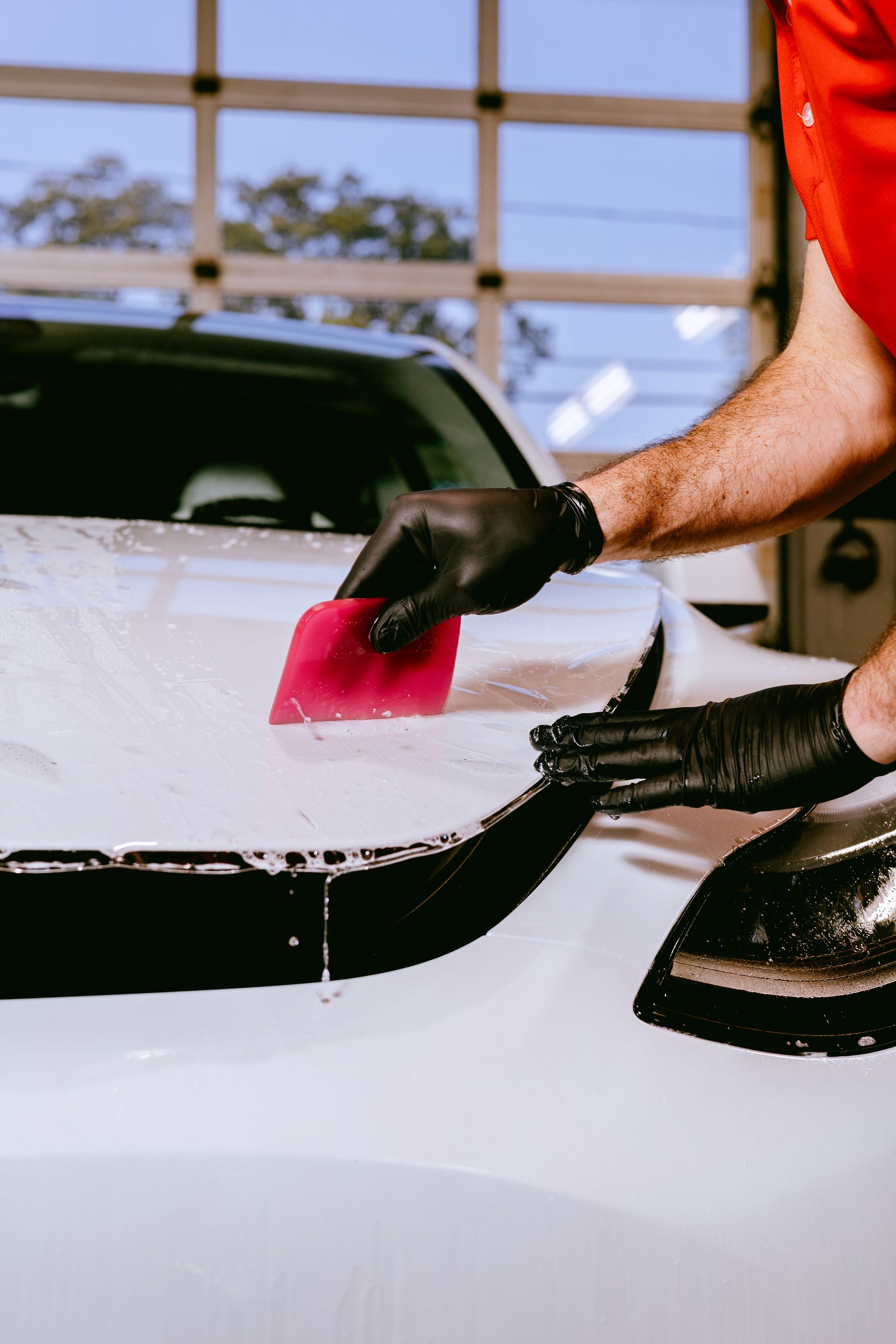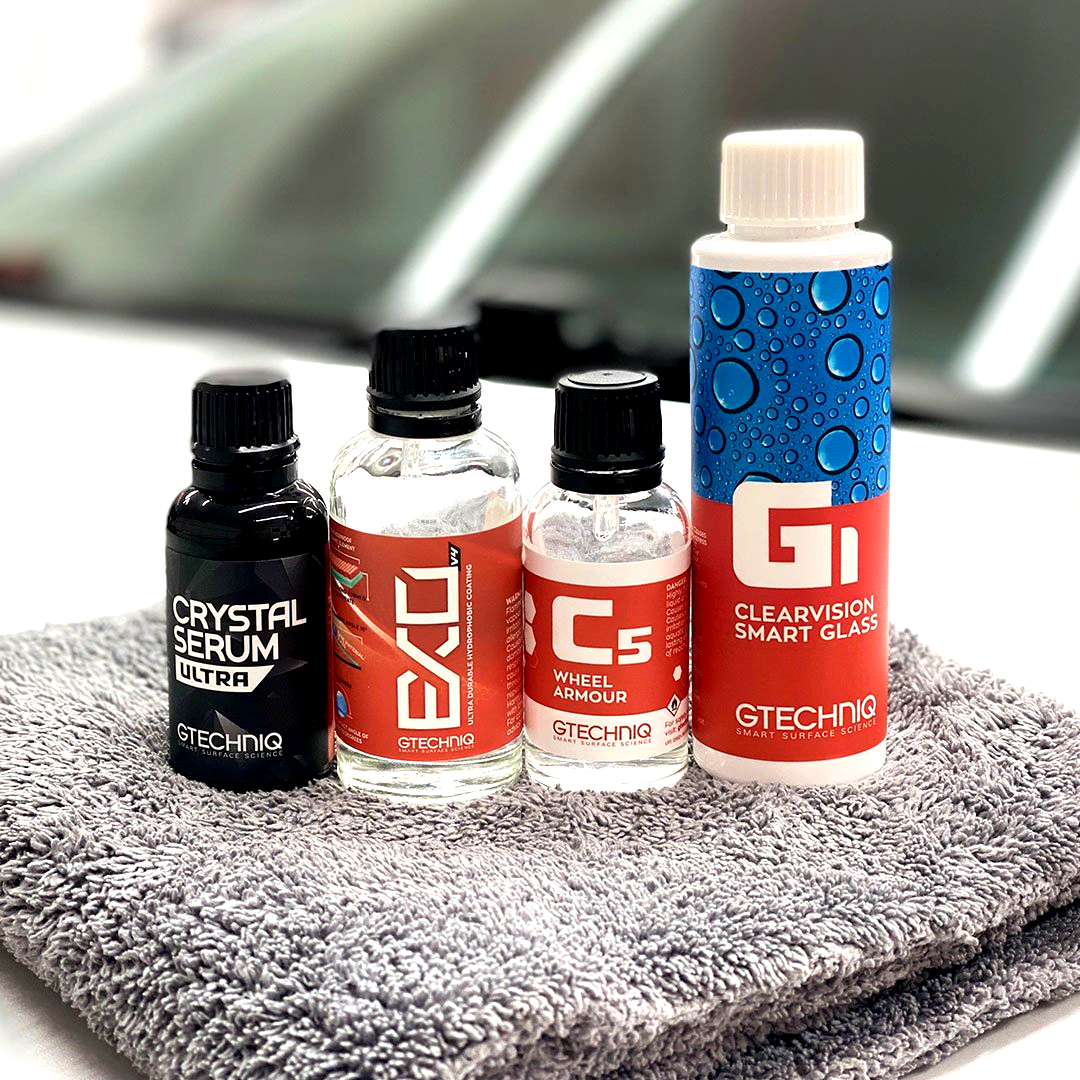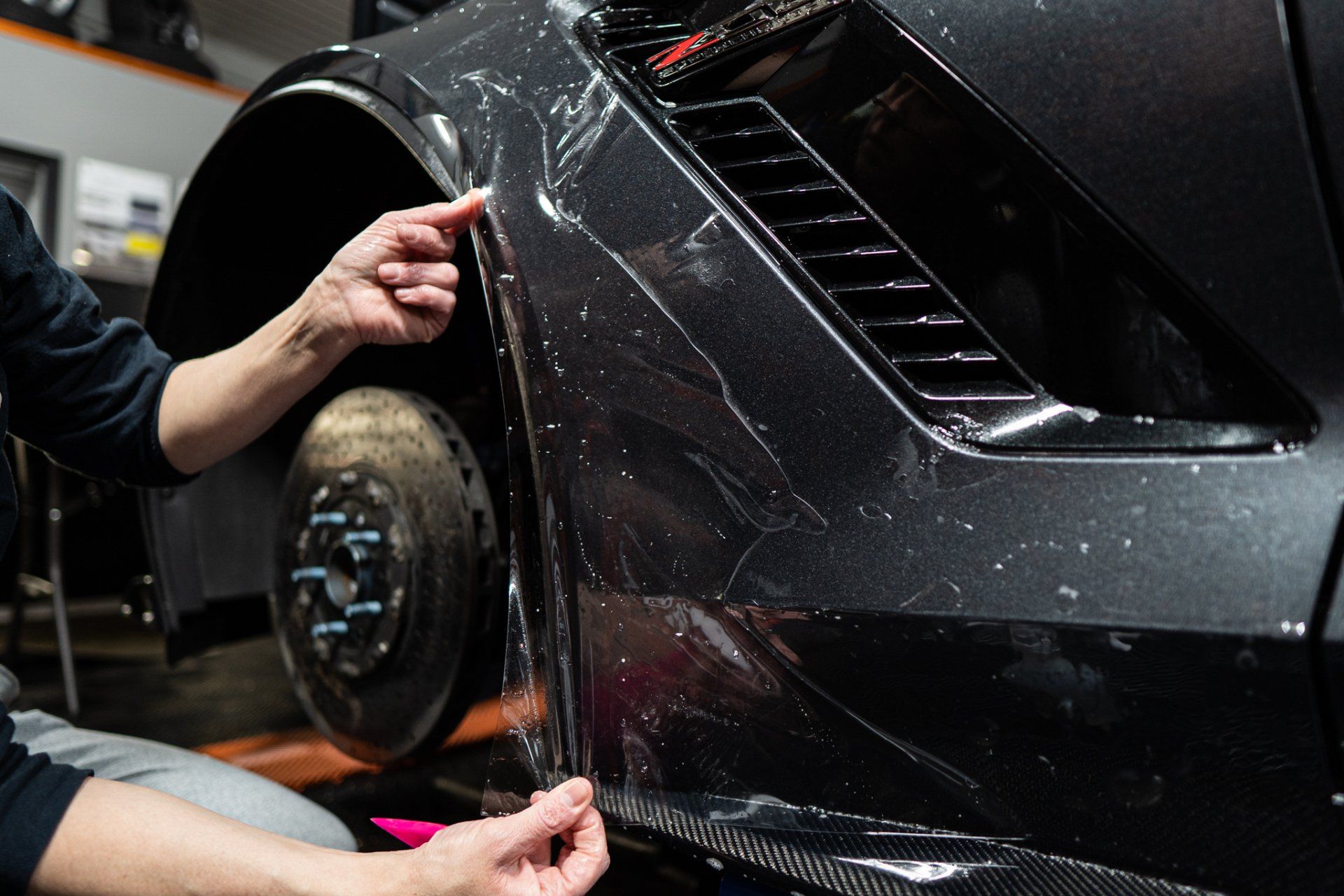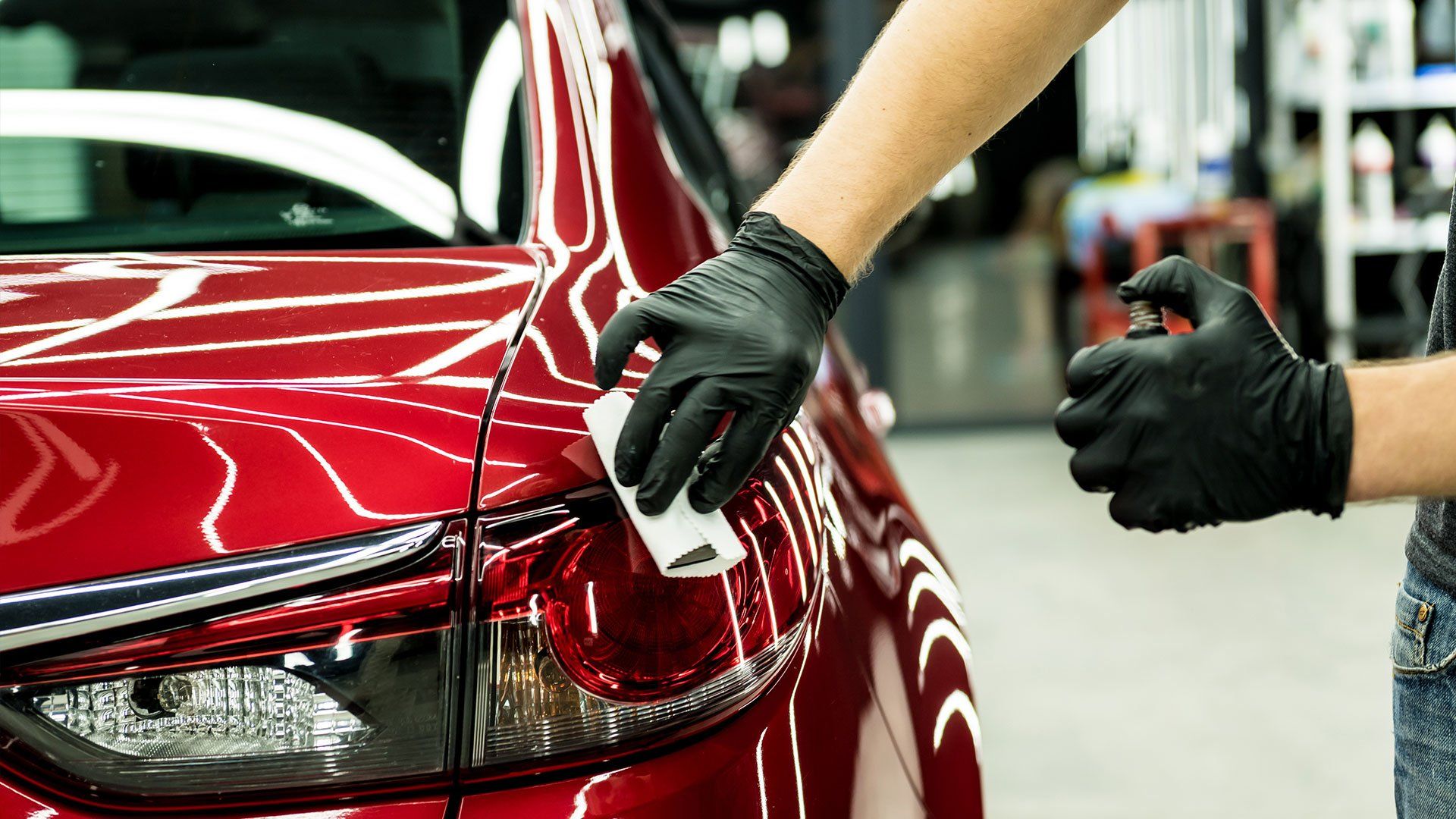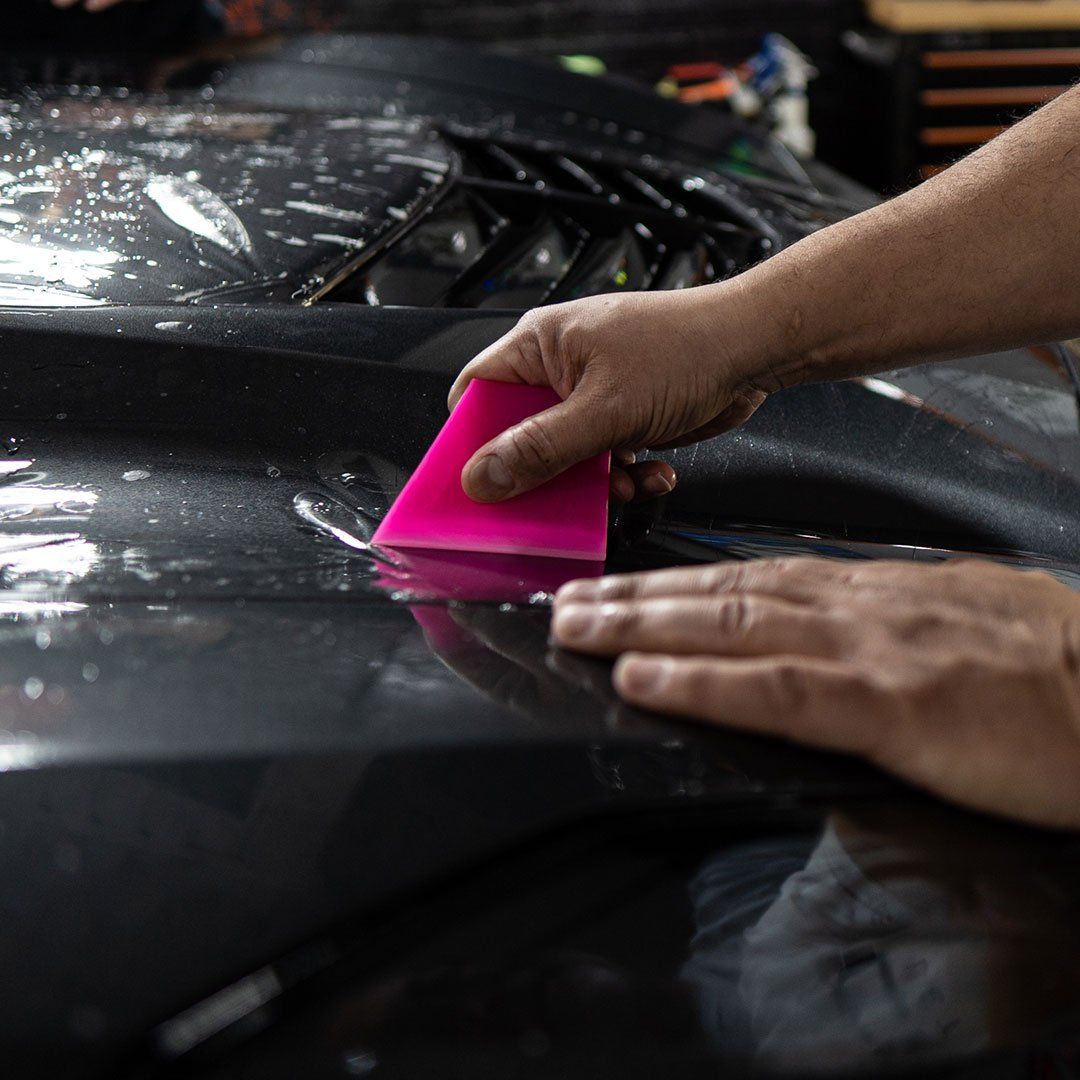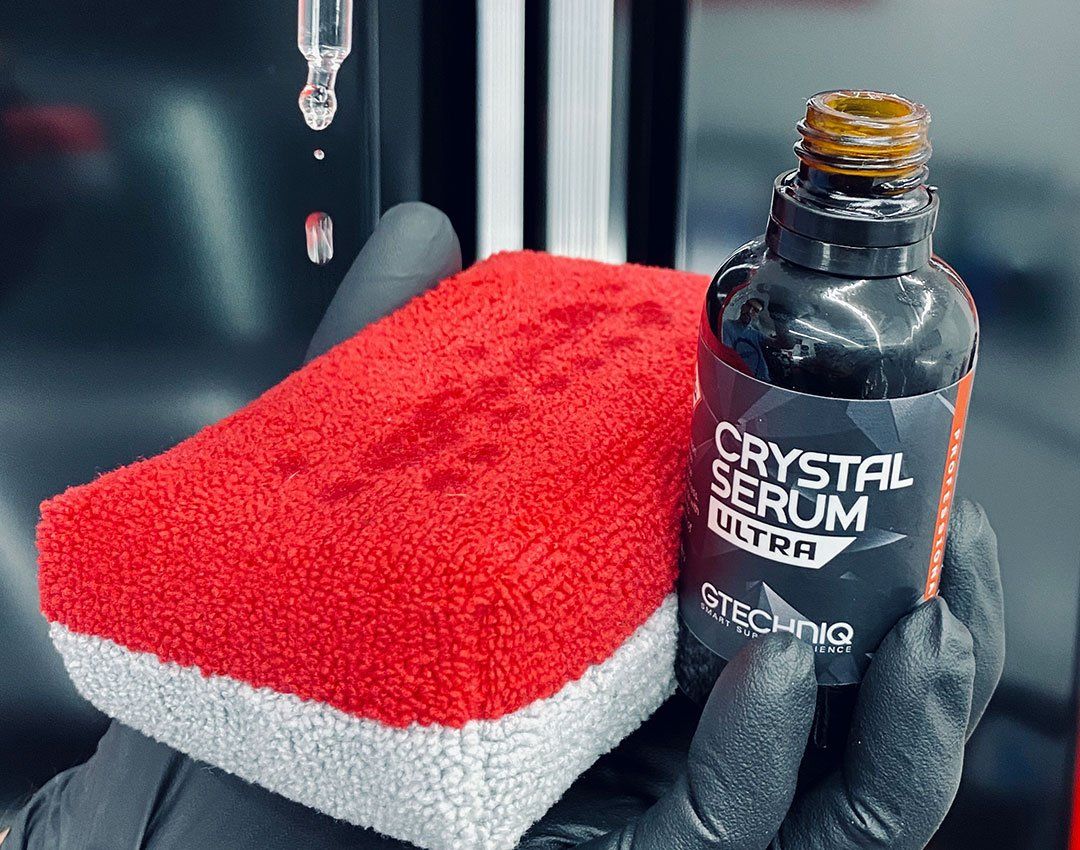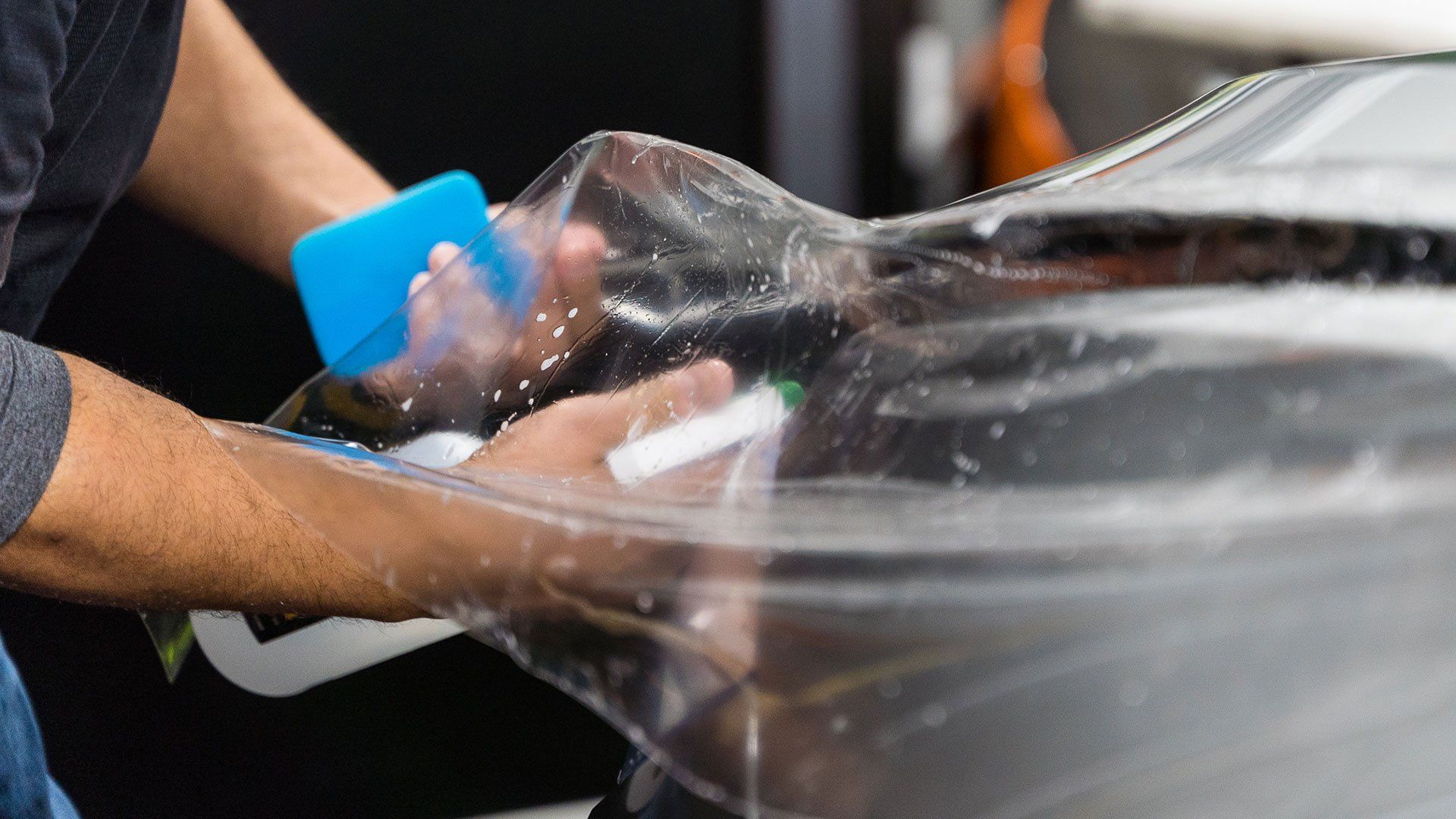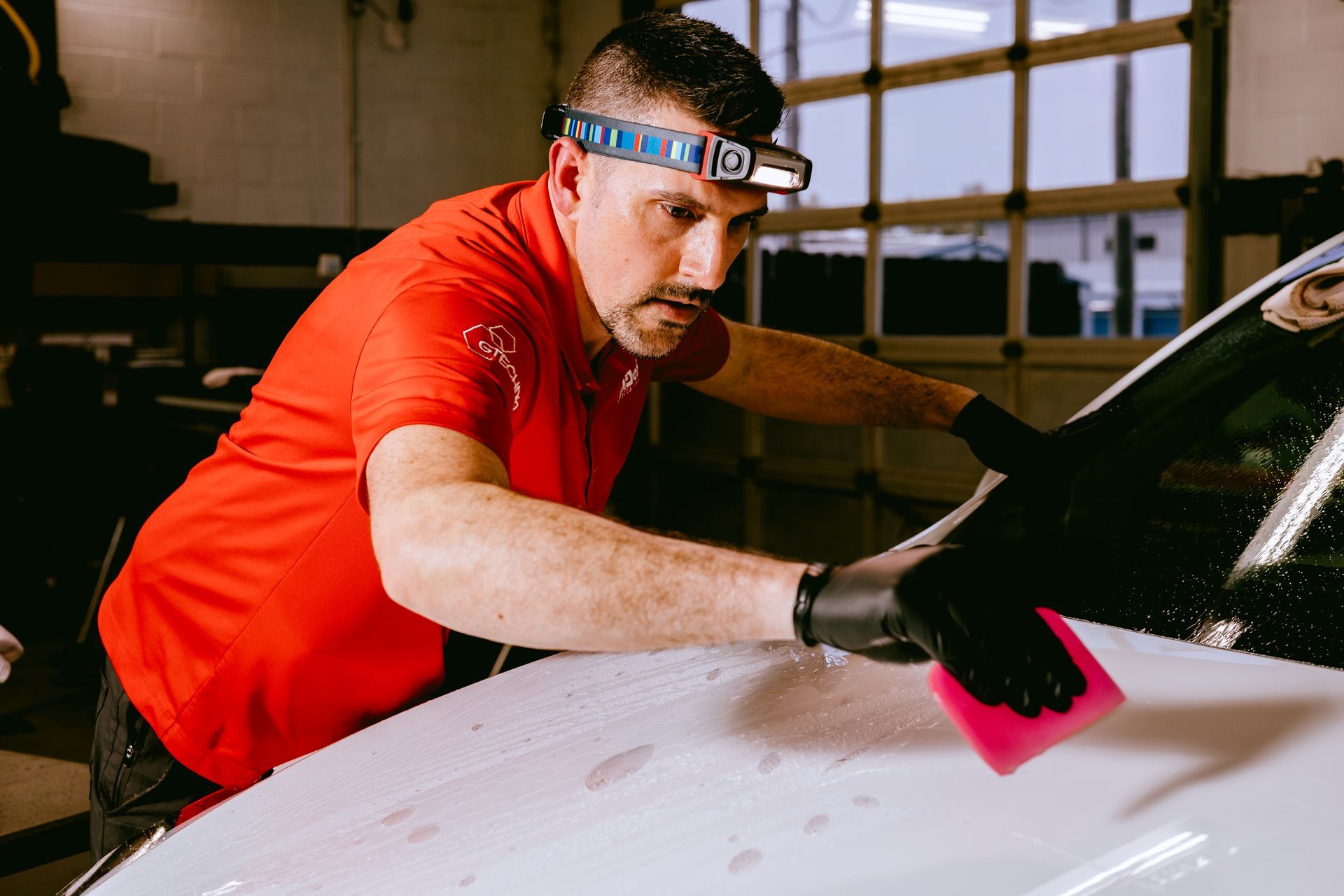By SEO Team
•
October 10, 2024
If you think paint protection film is only for luxury cars, think again. Though often seen on high-end vehicles, a paint protection film offers valuable protection for any car, including your mid-range ride. Imagine enjoying your weekend road trips without worrying about those tiny rock chips or unsightly bird droppings marring your vehicle's finish. Maintaining your car’s appearance goes beyond vanity; it preserves value and brings peace of mind. A paint protection film forms an invisible shield over your vehicle's paint, protecting it from daily wear and tear. Paint protection films are not exclusively for luxury vehicles; it provides significant benefits for all vehicle types. PPF protects against scratches, rock chips, and environmental damage, making it an effective choice for daily commuters, commercial vehicles, and family cars as well. What is Paint Protection Film? A paint protection film (PPF) is not just an aesthetic accessory; it acts as a robust barrier for your vehicle. Essentially, it’s a transparent, ultra-thin layer composed of durable polyurethane or polymer specifically designed to cling to the painted surfaces of your car. Its primary role is to serve as a protective shield, guarding against an array of environmental and mechanical threats that vehicles encounter on a daily basis. This film goes beyond simple abrasion resistance. Imagine your car navigating through urban environments or winding country roads; every turn poses the risk of small rocks flying up or errant branches scratching the surface. A paint protection film effectively absorbs these impacts, preventing scratches and chips from penetrating through to the paint underneath. Beyond physical strikes, the film also counters chemical damage from insect acids and bird droppings—substances that can lead to unsightly corrosion if left untreated. Even more crucially, this film boasts UV resistance, which protects your vehicle's paint from fading under the sun’s harsh rays over time. Application Process Explained The application of paint protection film is not just a simple sticking operation; it’s an art that involves several critical steps to ensure optimal adhesion and durability. Each step has its value, contributing to how well the film ultimately protects your vehicle's surface. Preparation and Cleaning: The process begins with preparation, where the car’s surface must be meticulously cleaned. This task goes beyond a quick wash; every nook and cranny must be free from dirt, dust, grease, or any contaminants. Even minuscule particles can lead to bubbles or imperfections under the film, which can compromise its protective qualities. To achieve this level of cleanliness, professionals often use a clay bar treatment, followed by a lukewarm rinse to ensure that all grime is effectively removed. For a flawless finish, some installers even apply an alcohol-based cleaner afterward for an extra layer of purity. Film Cutting: Next comes the precise cutting of the film. Here, professional installers utilize exact templates tailored to each vehicle’s make and model. This ensures that the film fits perfectly on contours without excessive trimming after installation. Think of it as tailoring clothing to fit perfectly; every angle and curve of your vehicle is accounted for, making sure the film hugs every line accurately. It's worth noting that many companies have invested in advanced software that helps create these templates digitally. This technology not only enhances accuracy but also speeds up the installation process significantly. Installation: With everything properly prepared and cut, we move on to installation—perhaps one of the most delicate phases. The installer applies the film using a soapy water solution on both the film and the vehicle's surface to allow for easier repositioning during application. Using specialized squeegees, they work methodically to eliminate bubbles and creases, ensuring a smooth finish. This action requires a skilled hand because even minor mistakes could jeopardize the outcome. Imagine trying to lay down wallpaper on a wall; if done improperly, unsightly wrinkles can appear. That’s why trained professionals take their time here to achieve that seamless look. Curing: The final phase is curing, where patience truly pays off. After installation, the film needs a few days to fully adhere to the vehicle surface, as any residual moisture needs time to evaporate. This period is crucial because it allows for maximum durability; it ensures that once cured, the paint protection film creates a robust shield against scratches, rock chips, and road debris. The meticulous attention paid throughout this application process cannot be overstated. Each step dramatically affects how well PPF performs over time.
